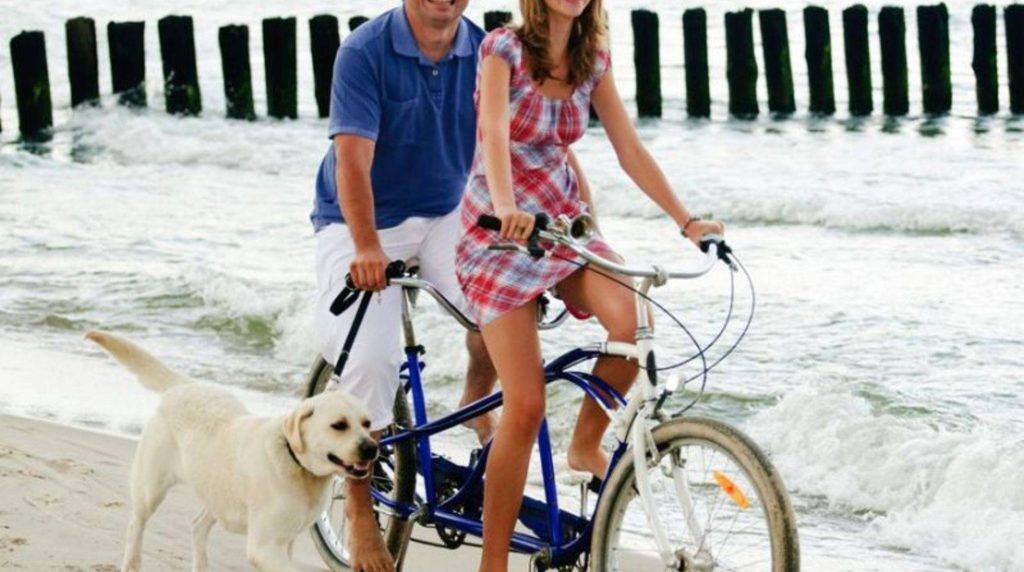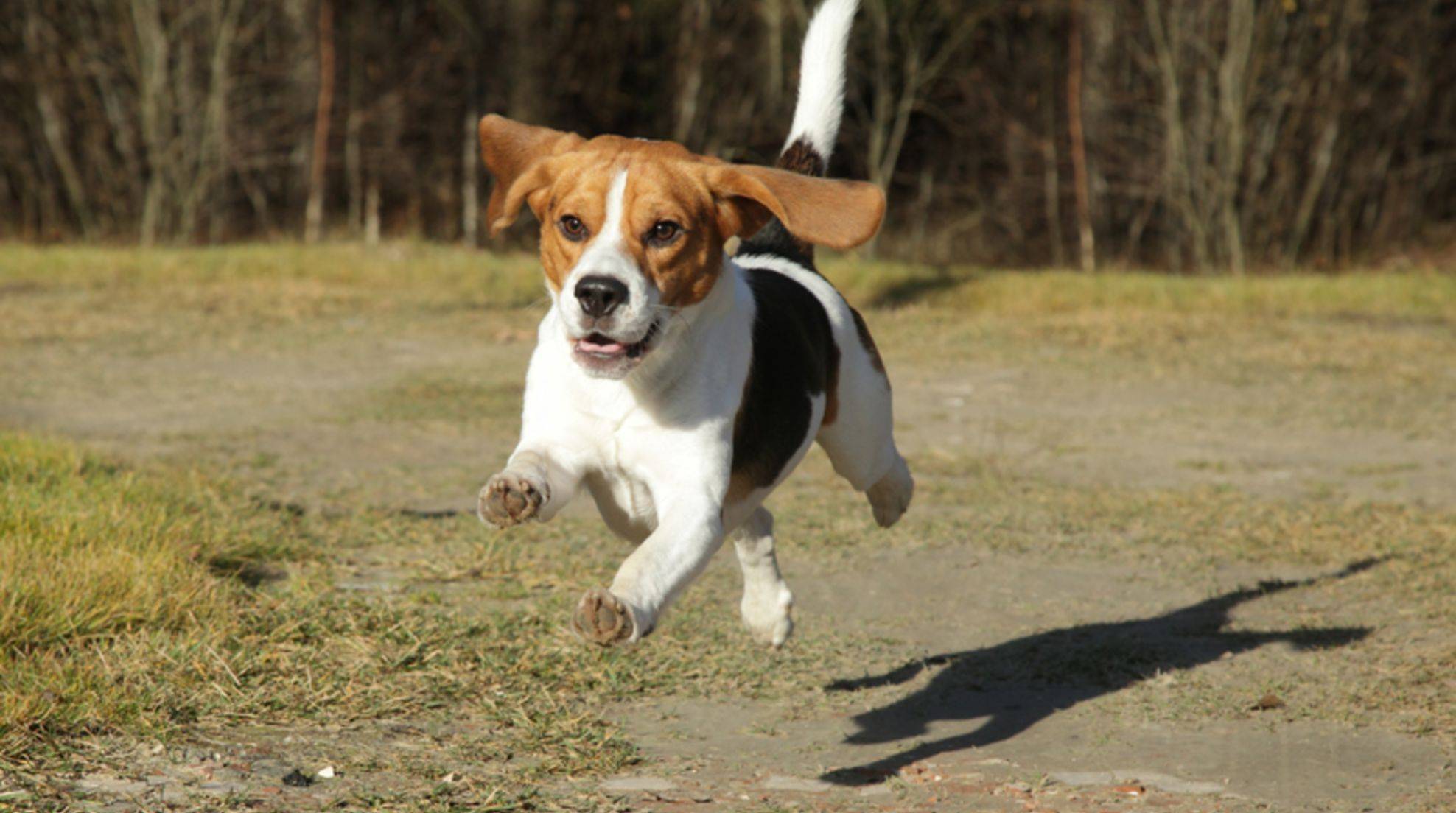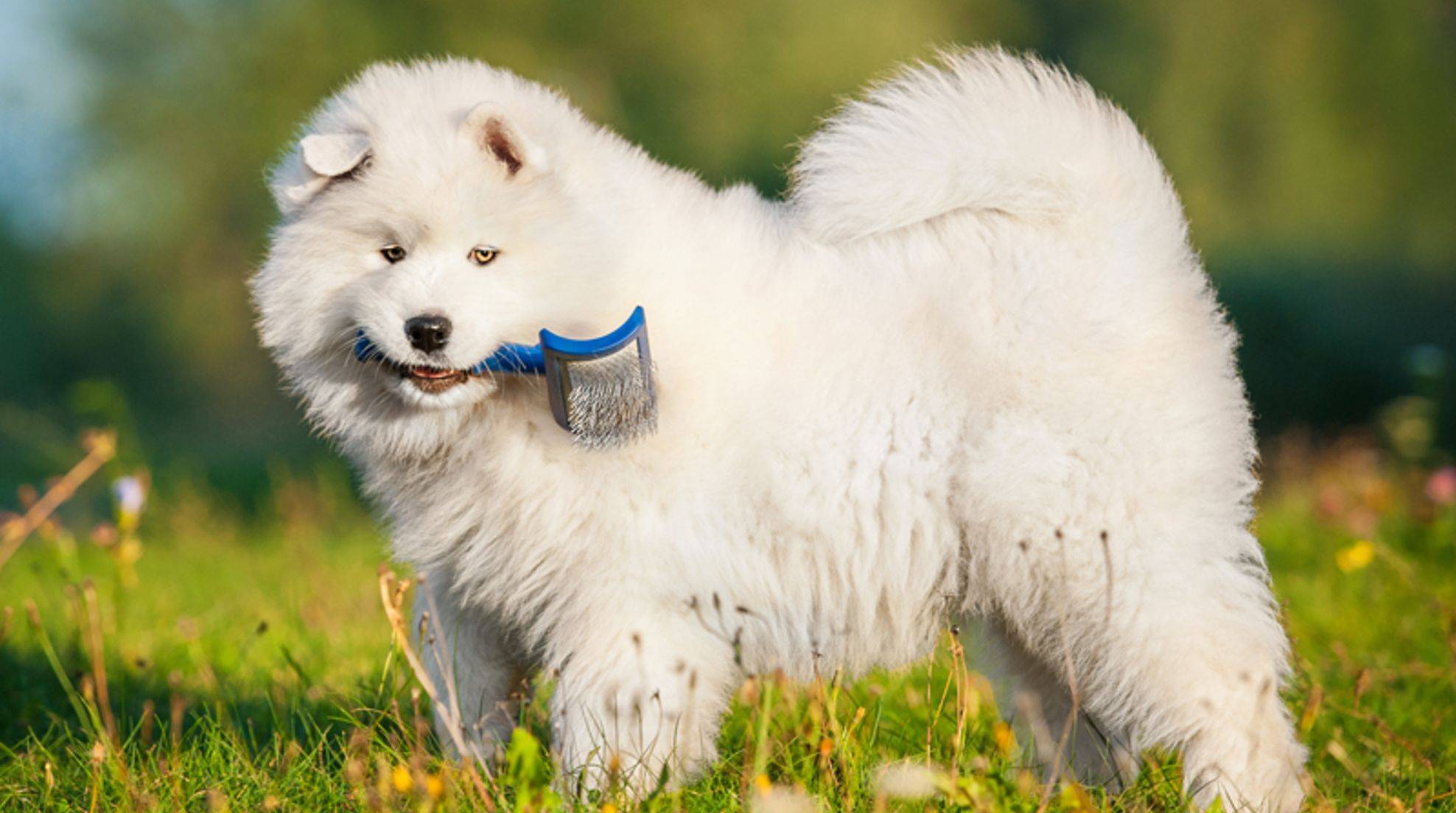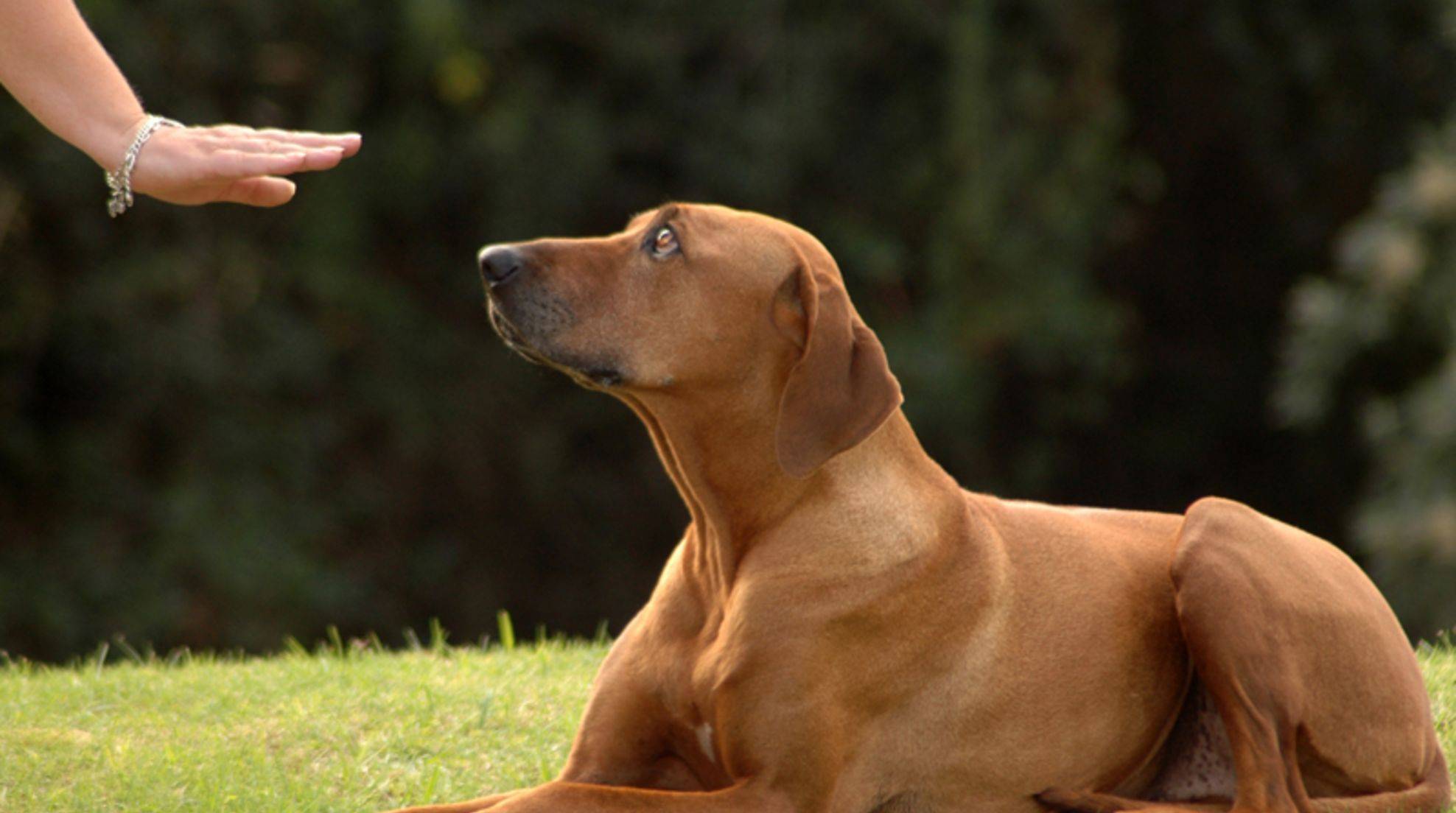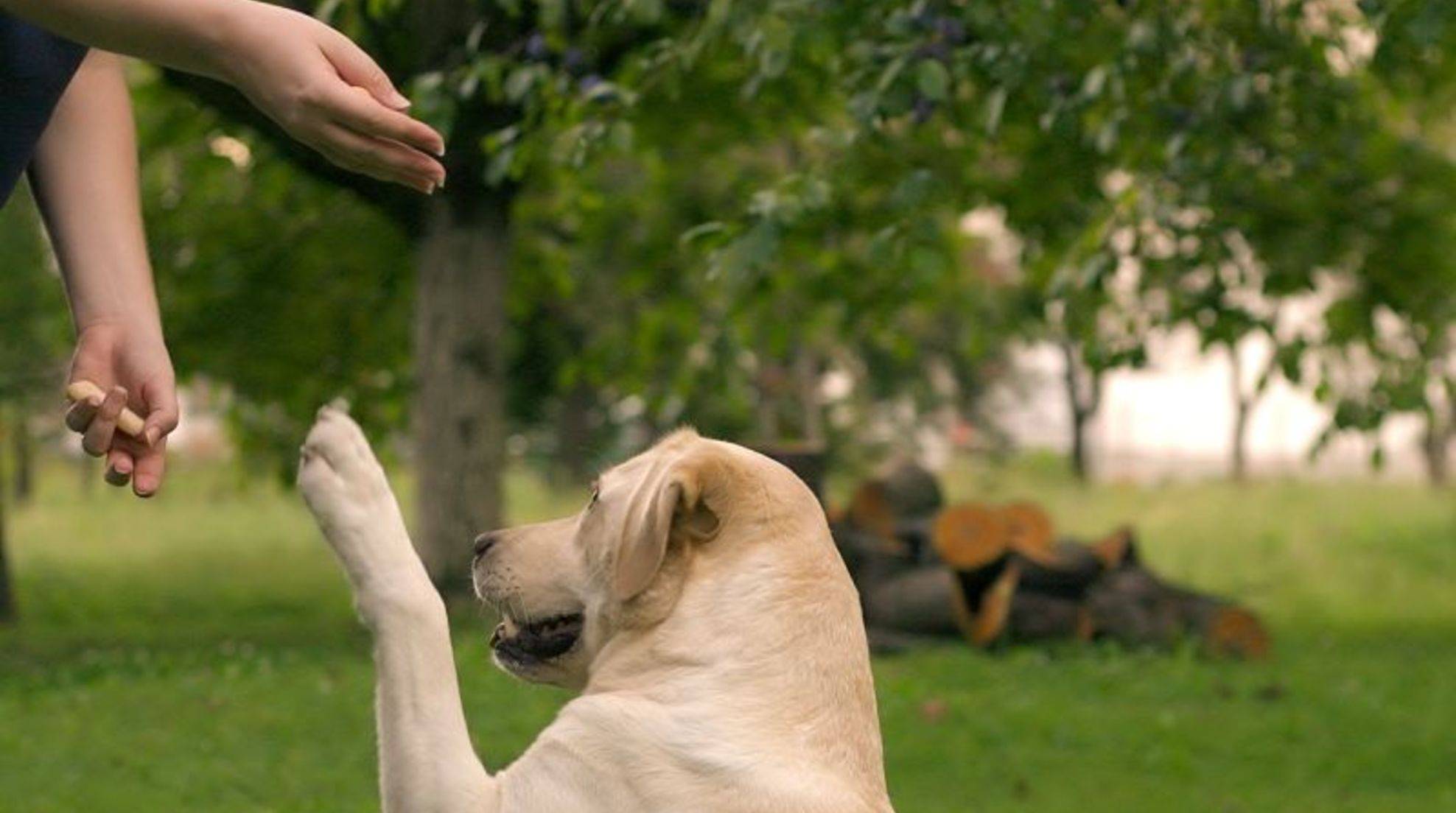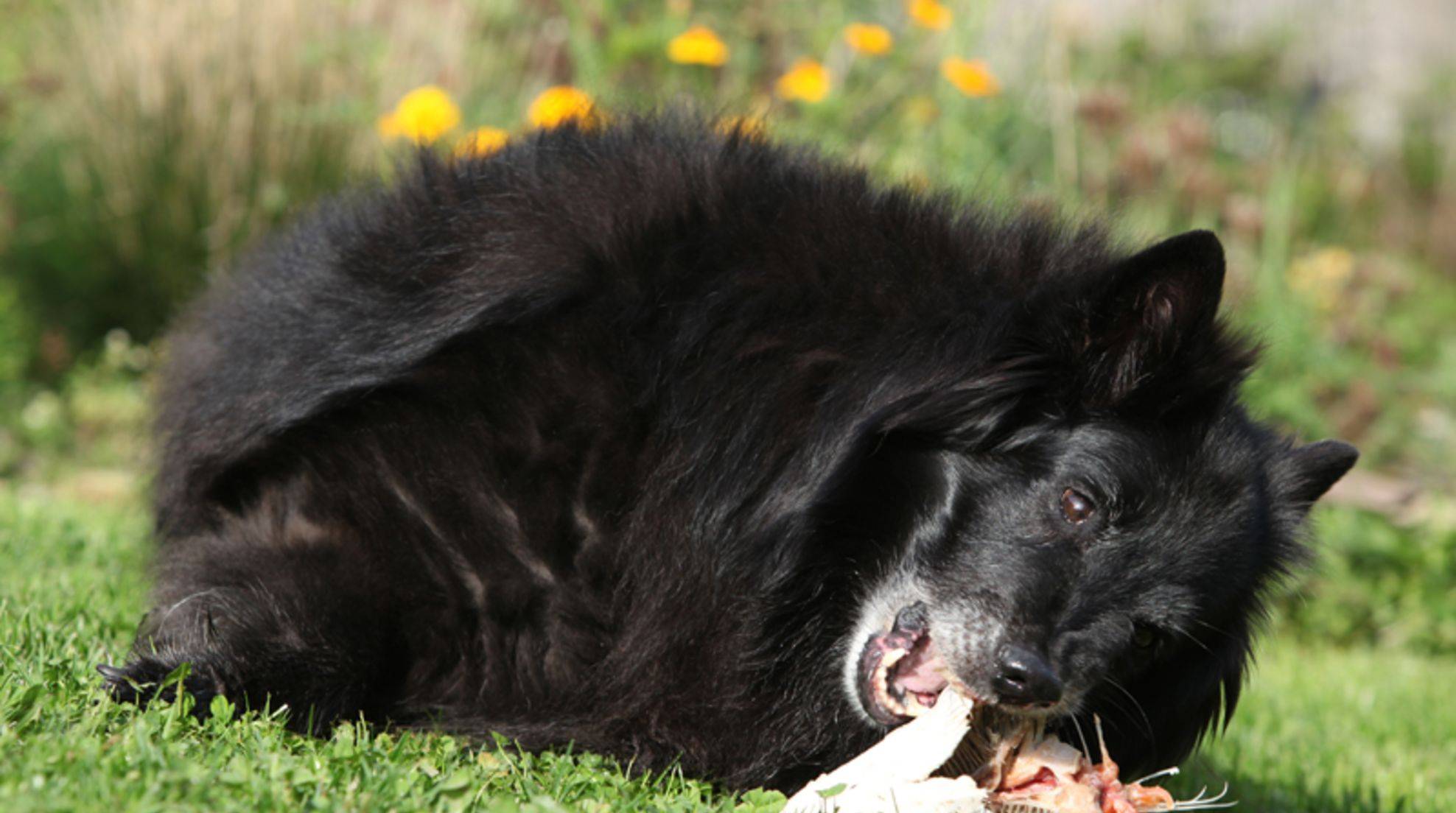Riding a bike with a dog: what to watch out for
Riding a bike with your dog will keep you, and your dog fit in the long run. But be careful: If you don’t follow a few tips beforehand, you’ll quickly come home with abrasions, but without your dog.
Cycling is enjoyable when you can take your beloved four-legged friend along. However, not all dogs are equally suitable for a joint bike ride. So that everything goes smoothly and you both have fun while cycling, the following tips will help you.
Requirements for cycling with the dog
Your best friend should be fully grown and healthy before you ride a bike with him on a leash. Only from one and a half to two years, the skeleton is formed and hardened. Before that, joint problems or injuries can occur if your four-legged friend overexerts himself physically during the growth phase.
Dogs that are too big or too small should rather refrain from running alongside while cycling, as the physical exertion would be too high for them as well. Sick, old dogs or dogs with joint problems are not suitable companions for cycling.
Tips for cycling with a dog
You mustn’t go too fast when cycling with a dog. Four-legged friends like to overestimate themselves and easily overexert themselves if the ride is too short. Your best friend also needs to build up his stamina with regular training. So, in the beginning, you should not just cycle away, but first, get your dog used to the bike.
A tip: Take the bike with you a few times on your daily walks and push it along. Now and then, you can sit on it and let it roll a few meters. Even if this is tedious – it’s the only way your four-legged companion will get used to the bike and its noises and, with regular practice, will soon be able to run proudly alongside you.
Also, choose a quiet place for your trial routes, so that road traffic does not distract or even endanger you both. By the way, the safest place for your four-legged friend to run is to the right of the bike. There he is best protected. If you still can’t see over a situation, get off your bike and continue on foot.

